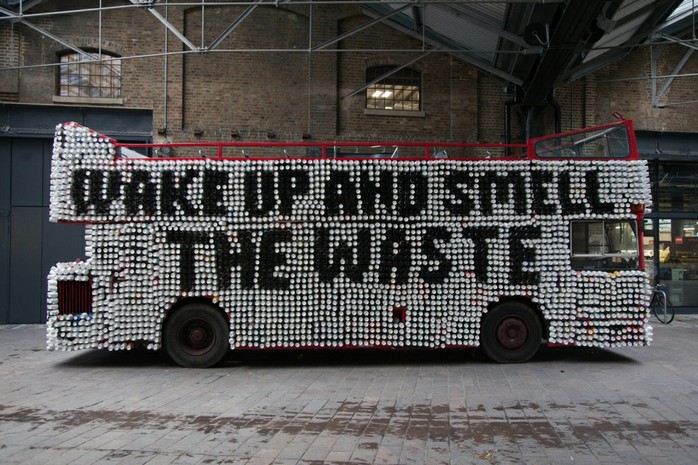Why, How and What – the three questions of Simon Sinek’s Golden Circle. If you haven’t heard of it or seen it yet, here is a short clip from the full talk that gives an overview of what the Golden Circle is:
https://youtu.be/l5Tw0PGcyN0
As Simon talks about in his Ted Talk, everyone knows what they do, most people know how they do it, but few know WHY they do it. Most people determine what they want to do before they figure out why they want to do it, but it is important to know your purpose and the reason you get out of bed in the morning.
This topic comes at a prime time as I am a soon-to-be graduate of Sauder and will be looking for my first full-time job in a field I am (hopefully) interested in. I want to portray to employers who I am and what my passions are in explicit statements versus how they are currently, which is just vague ideas in my head. Personal branding is a way I can work this out. I am working on developing my personal brand and my WHY alongside my goals and vision for my fu
ture. The following video gives a good overview of personal branding if you have the time to watch it:
One statement that really stuck out for me from this video is: “People don’t care how much you know, until they know how much you care.” I believe this ties back really well to the Golden Circle and further emphasizes the importance of knowing your why. If you can show how passionate about a topic you are (your why), people are way more likely to listen to what you have to say (your what).
Although I don’t have explicit statements about my why, I know that sustainability is one of the most important aspects of it. The reason I am doing a job in the future is going to be because I want to create change and make an impact in society in regards to sustainability. I realize that sustainability isn’t just a topic of interest anymore, it is a pressing issue that needs to be at the core of everything that we and companies do. I look forward to discovery how and what I will do to implement my why!







